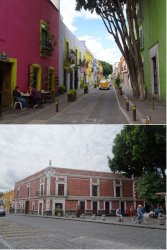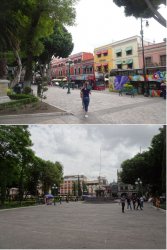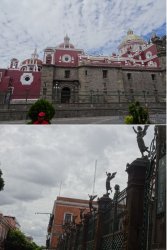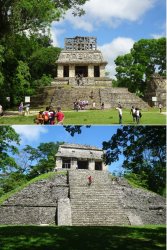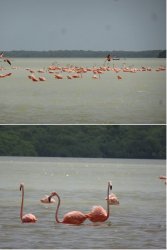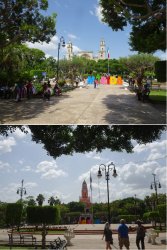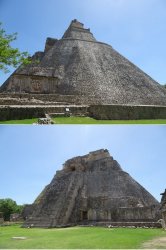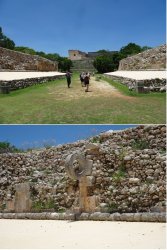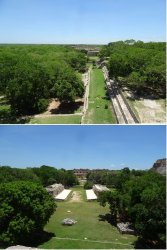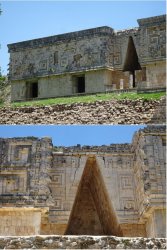Just out of San Christobal lies San Juan Chamula.
Pinched from Wikipedia (
Chamula - Wikipedia): Chamula is located in the Chiapas highlands, at an altitude of 2,200 meters. It is inhabited by the indigenous Tzotzil Maya people, whose Tzotzil language is one of the Mayan languages.
The town enjoys unique autonomous status within Mexico. No outside police or military are allowed in the village. Chamulas have their own police force.
It’s an unusual fiercely independent society associated with the Zapatista movement (
Zapatista Army of National Liberation - Wikipedia), whose relations with mainstream Mexico can get a bit touchy at times. The people dress uniquely and they have unique religious customs that are a hybrid of Mayan and Catholic.
It’s almost impossible to take photos. The people don’t like it and strictly none are permitted inside the church with its unique ceremonies, but we were able to witness those and have them explained by a local guide. Too hard to describe, so pinched from Wikipedia:
The church of San Juan, in the municipal
cabecera (headtown), is filled with colourful candles, and smoke from burning copal resin incense, commonly used throughout southern Mexico. Along the walls of the church are Catholic saints resting on tables posted in the church, but they represent Mayan gods. Candles are lit and the people sit on the floor and pray below the saints. The local form of Catholicism is a blend of pre-conquest Maya customs, Spanish Catholic traditions, and subsequent innovations.
There are no pews in the church, and the floor area is completely covered in a carpet of green pine boughs.
Curanderos (medicine men) diagnose medical, psychological or ‘evil-eye’ afflictions and prescribe remedies such as candles of specific colours and sizes, specific flower petals or feathers, or - in a dire situation - a live chicken. The specified remedies are brought to a healing ceremony. Chamula families kneel on the floor of the church with sacrificial items, stick candles to the floor with melted wax, drink ceremonial cups of
Posh, artisanal sugar-cane-based liquor, and chant prayers in an archaic dialect of Tzotzil.
Quite fascinating – but do not ignore the photographic restrictions if you go there; big trouble could erupt for violations.
The church and opposite side of the square.

The next day was quite a long drive NE towards Palenque and the start of heading into the Yucatan Peninsula. On the way, a stop at the Agua Azul waterfalls. Very pretty and soothing.




































